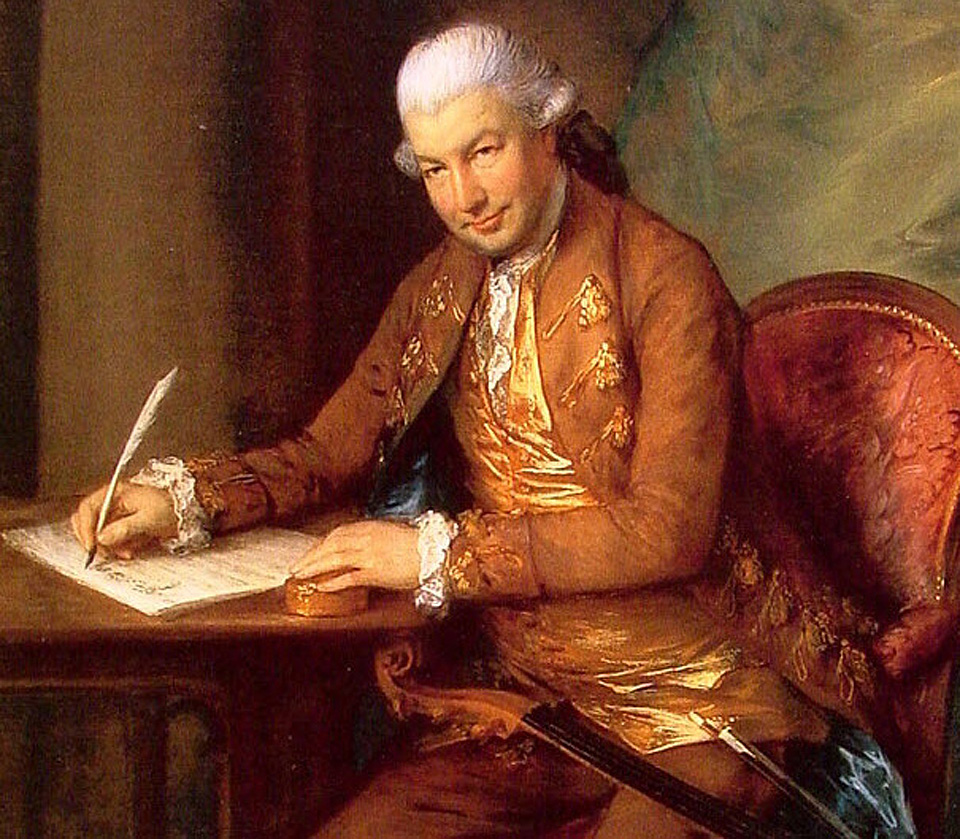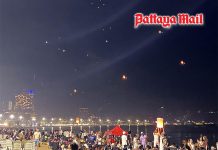
It must have been satisfying to casually inform your friends that you were taught by none other than Johann Sebastian Bach. The composer Carl Friedrich Abel could do just that. Now it’s possible that you’ve never heard of him. I wouldn’t be surprised, but the amazing thing is that although Abel is obscure today, he was a household name in the sophisticated society of 18th century London.
Let’s put him in his place, as it were. What we call the “classical period” in music was roughly from the middle of the eighteenth century to the first couple of decades of the nineteenth. This brief era saw a new musical style emerge in stark contrast to the heavily ornamented music of the Baroque which had previously dominated Europe. It must have seemed like a breath of fresh air. Today the era is symbolized by the music of Haydn and Mozart, but there were hundreds of other composers beavering away, churning out music for court orchestras, public events, church services and other occasions for which music was deemed necessary. Ready-printed orchestral scores and parts were not easy to obtain, so it was usually more convenient to commission music from a local composer when music was required. There were plenty to choose from.
If you have the time and the inclination, try doing an Internet search for a “list of classical era composers”. There’s a Wikipedia webpage that lists hundreds of musicians who were composing music at the time. Some of these now-unfamiliar names – like Abel – were celebrities in their day. Much of their music was superb and it seems a dreadful shame that it’s so rarely heard today. You may well ask why this is the case. It’s a good question but the answer is somewhat complex and too involved to explore in detail here. Perhaps in the future, public demand will give this music a new lease of life. There must be countless treasures awaiting rediscovery. As an example, here are two classical works that might be new to you.
Carl Friedrich Abel (1723-1787): Symphony in E Op 7 No 6. Orchestra dei Pomeriggi Musicali cond. Vanni Moretto (Duration: 11:34; Video: 1080p HD)
Abel was born in the small German city of Köthen where his father was the principal cellist in the court orchestra. The young Carl later became a boarder at St Thomas School in Leipzig where he was taught by Bach. This short symphony dates from 1767 when Abel was an established composer and working in London. He had moved there five years earlier and with Johann Christian Bach, he organized the popular Bach-Abel concerts. These events became the talk of the town; they premiered many new orchestral works and attracted many celebrated guest musicians. Both J C Bach and Abel were considered important enough to be immortalized in portraits by Thomas Gainsborough.
Oddly enough, this symphony was originally thought to be by Mozart, based on the evidence of a hand-written manuscript. It eventually transpired that Mozart, who would have been about eleven at the time, had merely copied out the symphony, presumably for study purposes. It’s easy to see why Mozart held the work in such high regard. The three movements work captures the spirit of the “gallant” musical style that was emerging, with catchy melodies and lively rhythms. It’s given a splendid performance by this Italian chamber orchestra, the name of which literally means “Musical Afternoon Orchestra”.
Franz Hoffmeister (1754-1812): Concerto for Viola and Orchestra. Takehiro Konoe (vla) Orchestra, Munich chamber orchestra (Duration: 16:44 Video: 720p)
Hoffmeister was born two years before Mozart, and by the 1780s he’d become one of Vienna’s most popular and respected composers. He wrote at least eight operas, over fifty symphonies and a large number of concertos. He also established one of Vienna’s first music publishing houses, and published not only his own works but also those of many other major composers of the time, including Haydn, Mozart, Beethoven, Clementi, Albrechtsberger and Dittersdorf. These people were also among Hoffmeister’s personal friends and in one letter Beethoven evidently addressed him as “my most beloved brother”.
This concerto is one of the few Hoffmeister works that are still played. It was written in 1799 and scored for a modest orchestra of two oboes, two horns and strings. In those days, the symphony orchestra was only just beginning to emerge and although based on strings, there was no concept of a “standard” woodwind and brass section. Composers simply wrote for whatever instruments a particular orchestra happened to have available. The young Takehiro Konoe gives an accomplished account of this joyful concerto, which reflects the classical ideals of contrast, well-structured melodies, transparent textures and a sense of light elegance. The lyrical slow movement (09:40) is an absolute delight.





